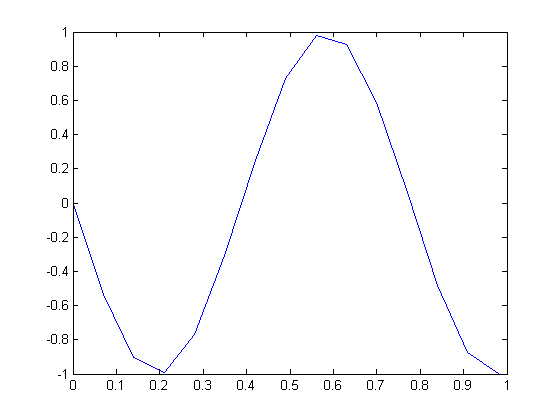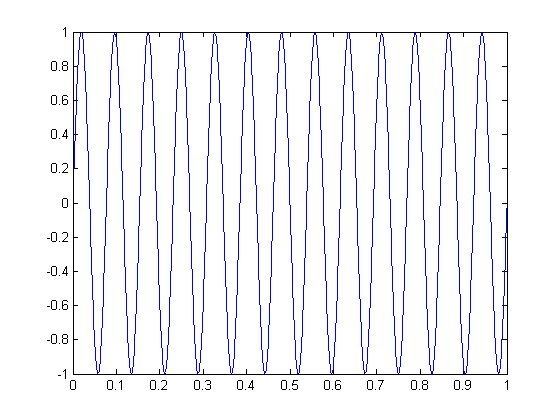| (One intermediate revision by the same user not shown) | |||
| Line 3: | Line 3: | ||
This is an easy bug to spot. Although the given equation appears to be complex, it is correct. The problem is that the sampling frequency is given to be almost the exact same as the function period, meaning that it may only mark points about once every period: | This is an easy bug to spot. Although the given equation appears to be complex, it is correct. The problem is that the sampling frequency is given to be almost the exact same as the function period, meaning that it may only mark points about once every period: | ||
| − | [[Image: | + | [[Image:hw2b_1_tyler_ECE301Fall2008mboutin.png]] |
very unfortunate looking :p | very unfortunate looking :p | ||
| − | When the sampling frequency is made much smaller, the function | + | When the sampling frequency is made much smaller, the function is good one. |
| − | [[Image: | + | [[Image:hw2b_2_tyler_ECE301Fall2008mboutin.png]] |
much better, nice try at tricks though | much better, nice try at tricks though | ||
Latest revision as of 14:20, 11 September 2008
Find the bug
This is an easy bug to spot. Although the given equation appears to be complex, it is correct. The problem is that the sampling frequency is given to be almost the exact same as the function period, meaning that it may only mark points about once every period:
very unfortunate looking :p
When the sampling frequency is made much smaller, the function is good one.
much better, nice try at tricks though



